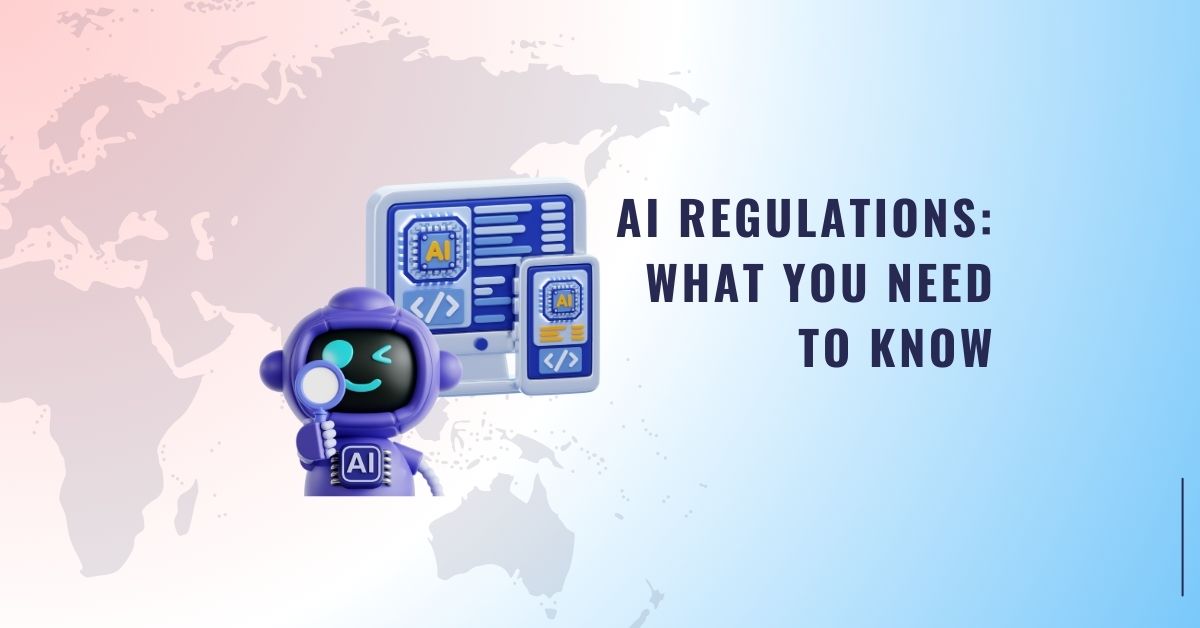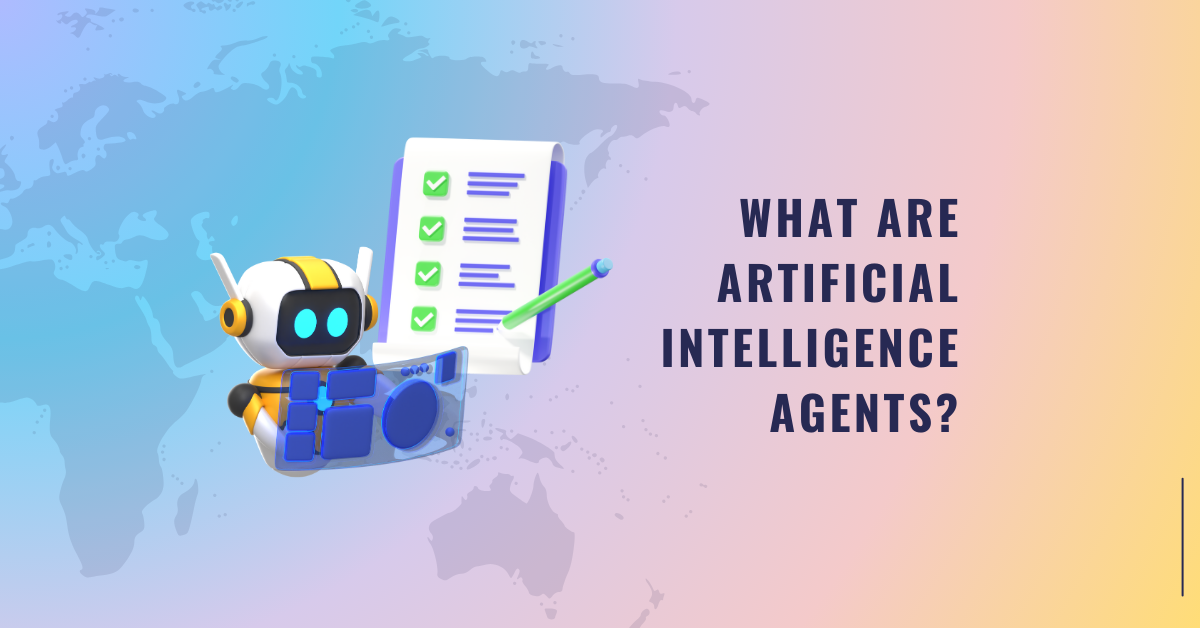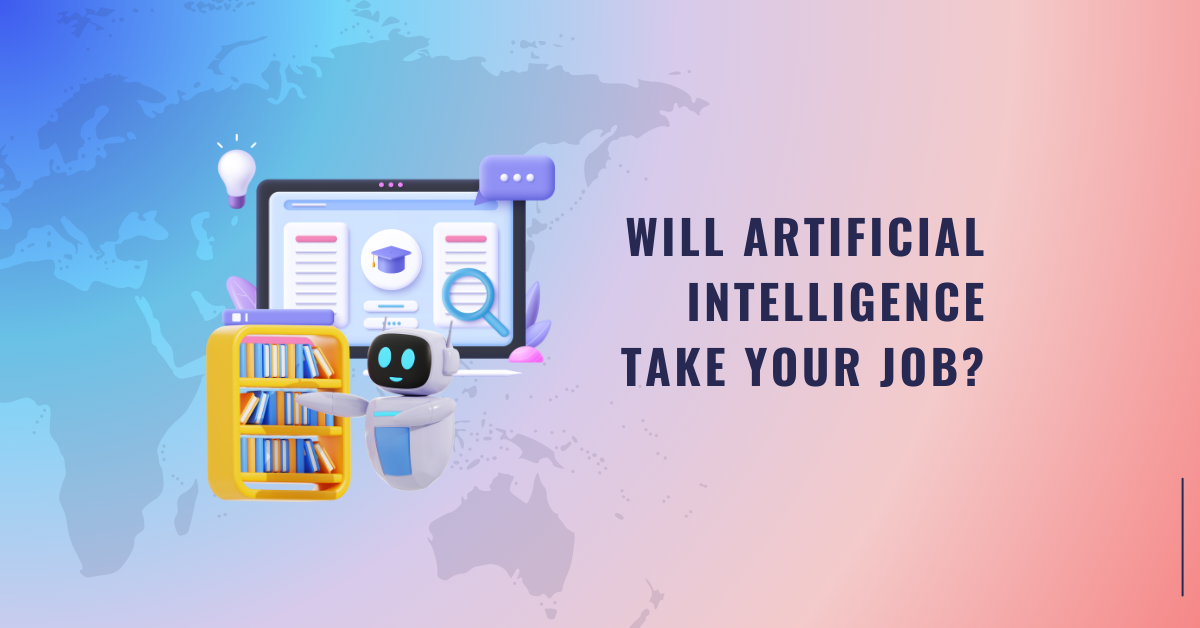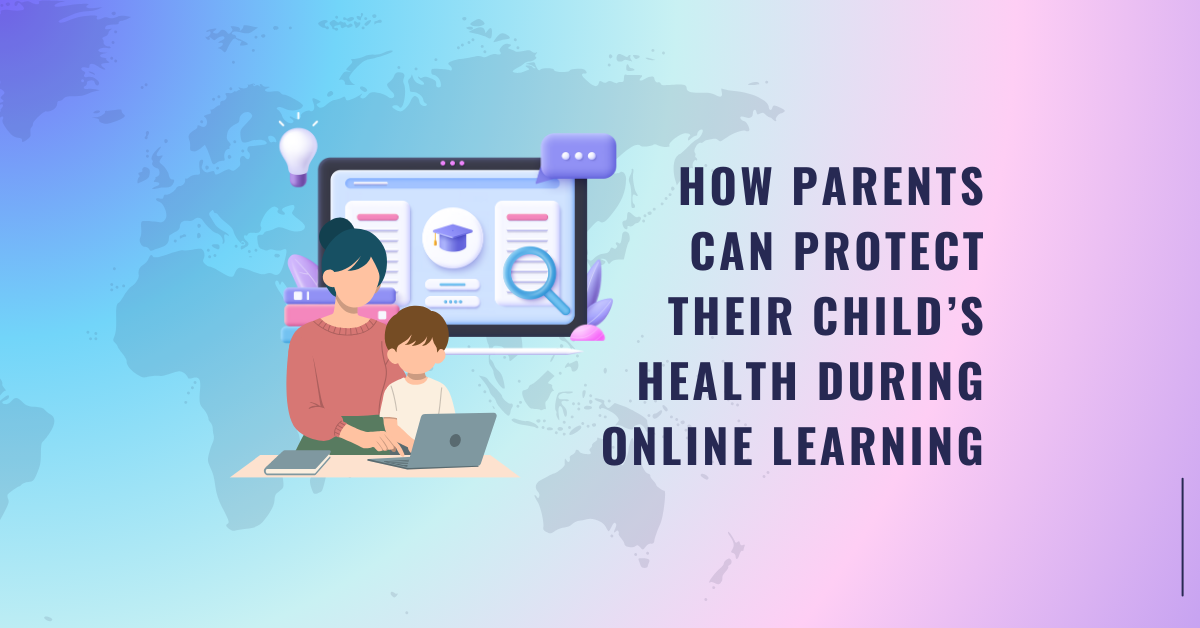

AI Regulations: What You Need to Know
Learn what AI regulations are, why they’re essential in today’s tech-driven world, and how countries like the EU, US, China, and Malaysia are creating laws to govern AI use.
What Are AI Regulations?
AI regulations are rules, laws, and guidelines designed to make sure artificial intelligence is used in ways that are safe, fair, and respectful of human rights. As AI technologies become more powerful and are used in more areas of daily life like healthcare, hiring, education, and customer service governments and organizations around the world are working to put boundaries in place to manage risks and protect people.
The Goals of AI Regulations
The main goals of AI regulations are to protect individual privacy, prevent discrimination or bias, and make sure AI systems are transparent and accountable. That means you should know when you're interacting with an AI system, your personal data should be protected, and if something goes wrong, a human not a machine must take responsibility. These rules also help build trust in new technologies by making sure they are safe and used for good purposes.
Why AI Needs Clear Rules
We need AI regulations because, without them, AI could cause serious problems. For example, it might make unfair decisions about who gets hired or approved for a loan. It could collect and misuse personal data, spread false information through deepfakes, or even be used in ways that put people's safety at risk. With clear rules in place, we can guide the development of AI to improve lives without causing harm.
How Countries Are Responding
Different countries are creating their own approaches to AI regulation. The European Union has led the way with the EU AI Act, which ranks AI systems by risk level and sets rules based on that risk. The United States is issuing executive orders and ethical guidelines to encourage responsible AI use. China has enforced stricter rules, requiring government approval for certain AI systems and mandatory labeling of AI-generated content. Countries like the United Kingdom and Malaysia are also shaping their own policies, focusing on innovation while maintaining ethical standards.
The Bottom Line: AI Rules Keep Us Safe
In short, AI regulations are like traffic laws for technology. They help keep things moving forward safely while ensuring that people aren’t hurt along the way. As AI continues to grow in influence, understanding these regulations becomes more important for everyone from tech professionals and educators to everyday users.
Comments







Reply to Comment